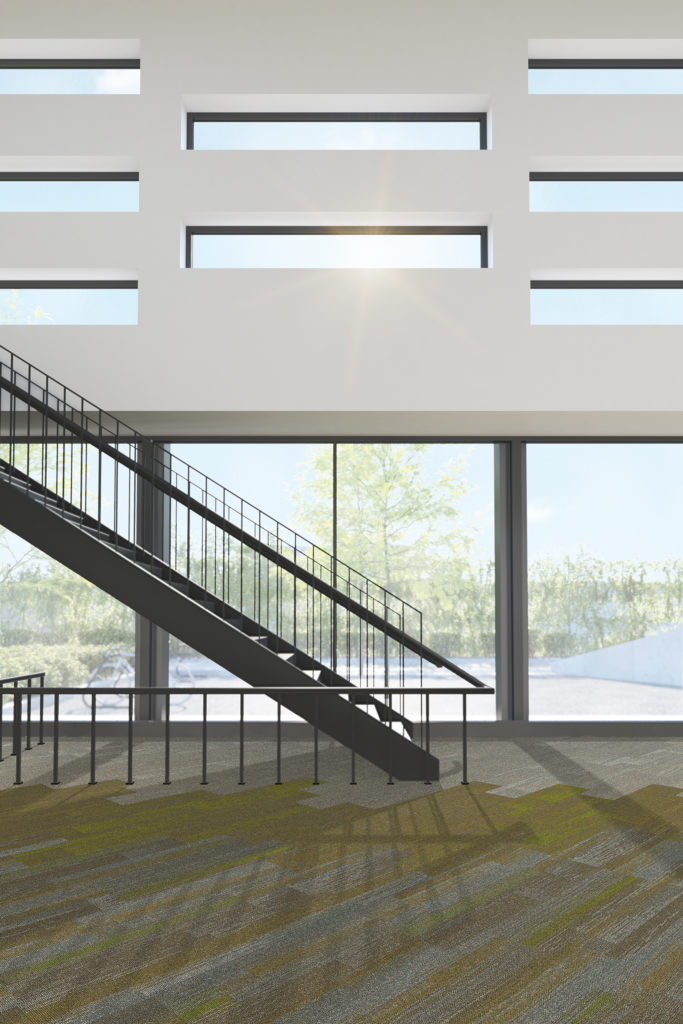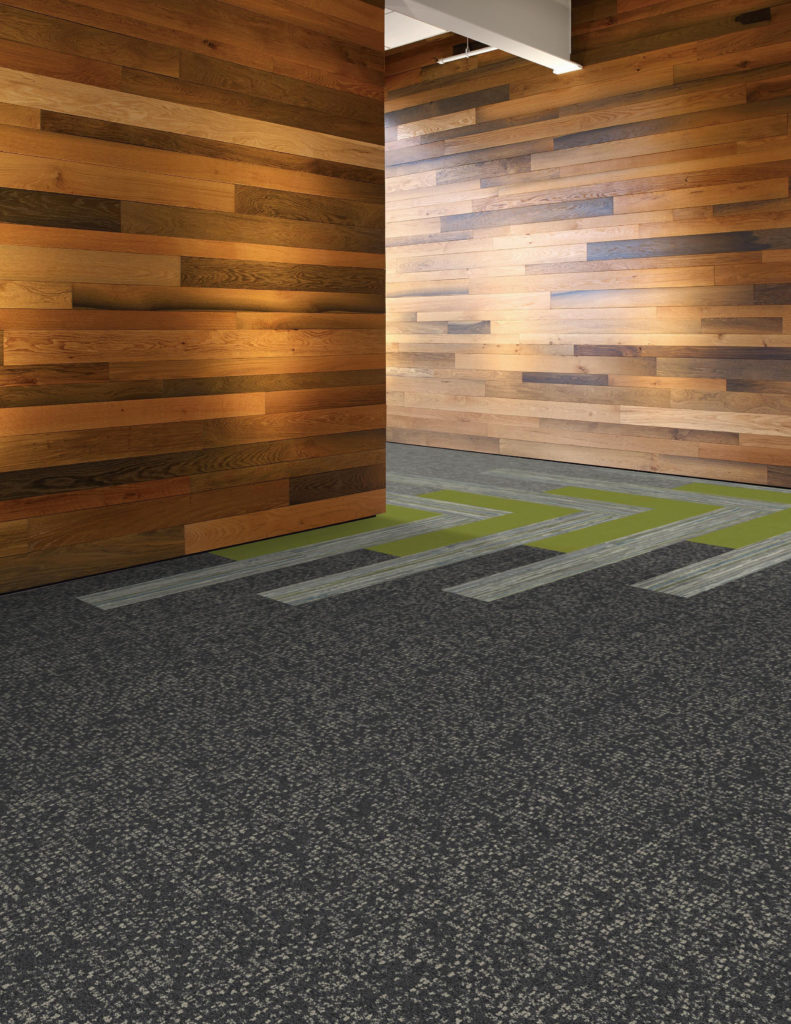During the week, children and teenagers spend a large portion of their day in an educational facility. What is the responsibility of that facility to enhance student wellbeing?
While schools provide the framework in which students begin to experience expansive psychological and emotional growth, a poorly designed built environment can hinder this growth. Now, we are seeing significant promotion of student wellbeing through careful consideration of physical activities, supportive resources and flexible space.
Schools can implement design elements that allow for increased time focused on studies and emotional development rather than the discomfort associated with a poorly considered space. This is an excellent opportunity to implement biophilic design into a school’s built environment.

What is Biophilic Design?
Biophilic design is the practice of establishing and integrating natural elements into the built environment to positively enhance wellbeing. “Biophilia,” the intrinsic human connection to and with nature, or a love of life or living systems, is the driving force behind biophilic design. With this innate connection in mind, biophilic design supports continuous engagement between students and the natural world that surrounds them. This allows students to benefit from the positive impacts of nature on a human’s physiological and emotional wellness, including lowered blood pressure, improved cognitive performance, reduced stress hormones and improved overall happiness.
Students spend 943 hours each year participating in instructional learning in a built environment such as a classroom. As they reenter the learning environment after exposure to nature, the classroom might feel restrictive or inhibiting. However, the incorporation of biophilic design in a school fosters a sustained relationship between student and nature, affecting the overall experience within the space and acting as a proponent for future educational success.
Student Success & Biophilic Design
This connection to natural environments enables students to fully explore their creative and cognitive tendencies. The benefits of biophilic design can be expressed in a student’s increased attentiveness in the classroom, as they feel inclined to fully understand the scope of classroom materials available for further learning.
Terrapin Bright Green’s recent study of K-12 classroom environments found that student learning pace increased 20-26% in spaces that incorporated sunlight, resulting in improved test scores by 5-14%. On the opposite side of the spectrum, classrooms with little to no exposure to sunlight saw a test score decline of 17%. The study’s findings drive home the importance to consider all elements of the built environment to provide a positive space for users.
As the space provides for physical wellbeing-needs, students are able to focus more fully on the subject matters presented by their teachers, and interact with their peers, supporting further development of interpersonal relationship skills. In fact, a recent report by Interface studied the impact of natural elements in the built environment and found inhabitant wellbeing increased by 15%, productivity by 6% and creativity by 15%.

With biophilic design elements incorporated into classroom environments, student and teacher wellbeing needs are met, encouraging and providing the correct space for development in terms of education and individual growth.
Implementing Biophilic Design
To begin this integration process of nature in the built environment, education facilities can consider the three application types of biophilic design laid out by pioneering social ecologist Dr. Stephen R. Kellert: Direct Experience of Nature, Indirect Experience of Nature and Experience of Space and Place. In considering these application practices, the current spaces must be utilized in further developing exposure to natural elements as it is crucial to ensure the space is connected.
1. To establish a Direct Experience of Nature, the facility will provide inhabitants with design elements that allow for actual contact with nature. These elements can include the incorporation of natural light, natural air ventilation, water, landscape views and more. As previously mentioned, the inclusion of sunlight directly improves a student’s performance, which is representative of the positive attributes of establishing this direct interaction with natural elements. For example, the inclusion of plants in an educational space can reduce stress and improve comfort and familiarity while enhancing productivity.
2. An Indirect Experience of Nature can be achieved through the incorporation of representative images or patterns of nature, including pictures, artwork, natural materials or colors and demonstration of natural processes. With these design elements, humans are exposed to appealing visuals and stimulated by the association with natural elements. For example, including flooring or wall coverings that mimic the appearance of wood or stone draws a connection between inhabitant and the natural environment that feature these textures. In addition, the geometric patterns of nature, like symmetry, spirals, fractals or tessellations, can be incorporated through design materials to create a calming effect for students that allow them to focus.
3. While the Experience of Space and Place application may seem the vaguest in terms of integration, the key is to consider the space’s surrounding environment and incorporate the natural cues of space and nature into the overall design of the space in order to provide a feeling of continuity indoors and out.
The idea of organized complexity and integration of parts to wholes, associated with Experience of Space and Place, describe a facility’s ability to be cognizant of how all design elements connect, resulting in a unified environment that supports varied needs. To achieve this spatial layout practice, educational facilities can apply wayfinding, or the establishment of understood pathways and connected spaces. This technique provides users with comfort in the ease of flow and transition between classrooms and communal spaces.
Through creating a space that supports student success and comfort in all types of interaction, educational facilities can ensure continued success by providing a direct source to nature. Even when students are inside, they experience the benefits of interaction with the environment through simple connections in the classroom spaces available.

